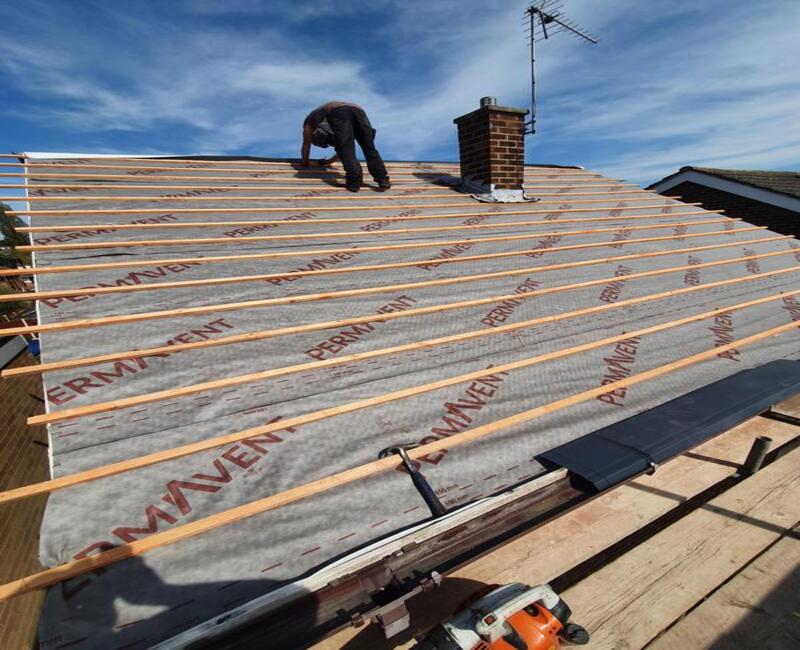
Roof installation is the process of constructing or replacing a roof on a building. It involves laying materials like shingles, tiles, or metal over a roof deck, secured with nails, screws, or adhesive. Proper installation ensures durability, weather resistance, and energy efficiency.
1. Removal of Old Roof (If Needed) – Damaged layers are stripped to prepare the surface.
2. Structural Inspection – Checking the deck (wood/metal) for stability and repairs.
3. Underlayment Installation – A waterproof barrier to prevent leaks.
4. Material Installation – Common options include:
* Asphalt Shingles – Affordable and easy to install.
* Clay/Concrete Tiles – Durable and aesthetically pleasing.
* Metal Roofing – Lightweight and long-lasting.
5. Flashing & Finishing – Sealing edges and securing materials for a weatherproof finish.


A poorly installed roof leads to leaks, high energy bills, and premature damage. Professionals ensure:
✔ Correct material handling (slope, ventilation, and load balance).
✔ Compliance with building codes.
✔ Warranty protection for materials and labor.
Prices vary based on:
* Material type (asphalt vs. metal vs. tile).
* Roof size and pitch (steep roofs cost more).
* Labor rates in your region.
Whether you’re installing a new roof or replacing an old one, choosing the right materials and contractor is crucial. Always compare quotes and check reviews before hiring!